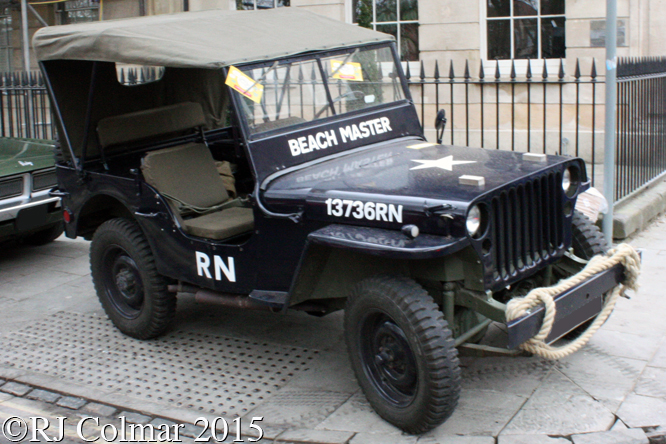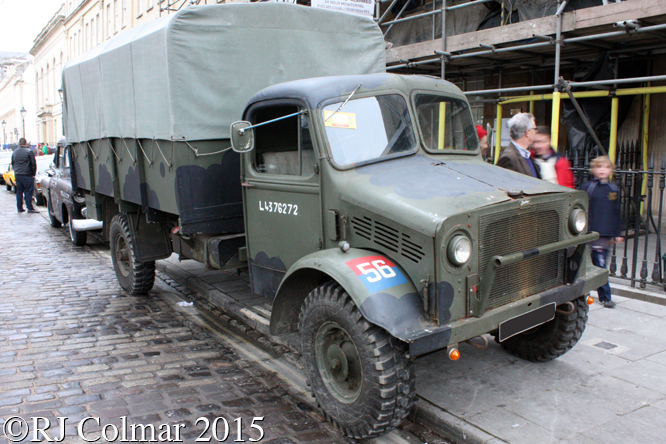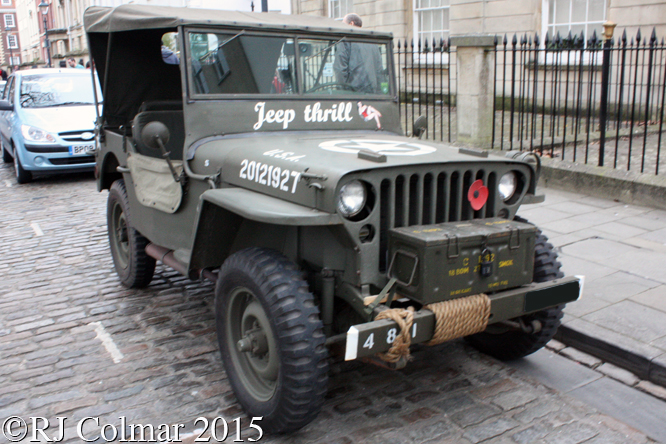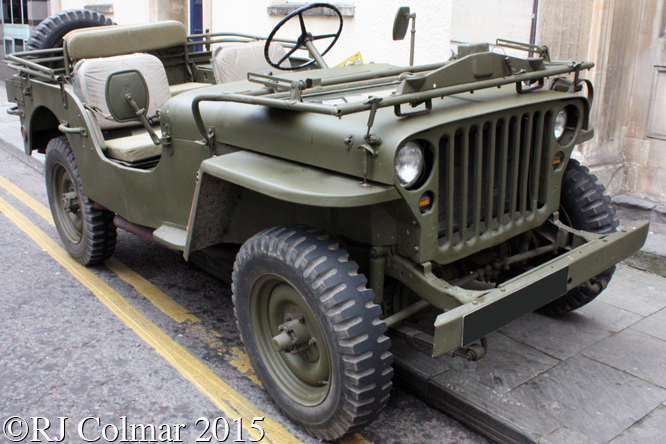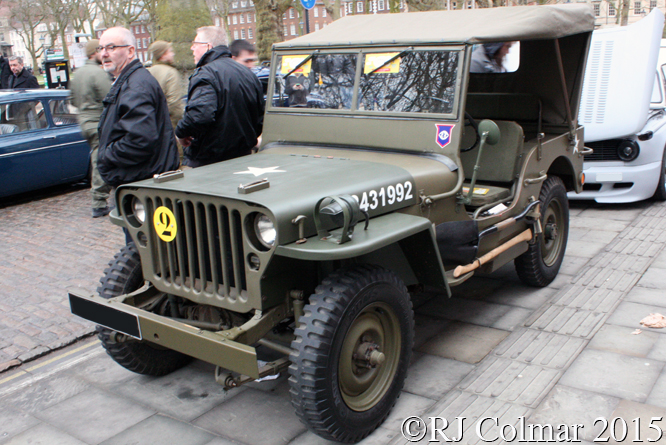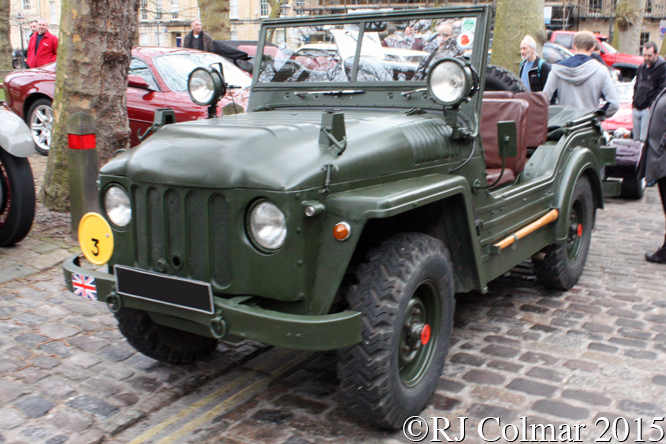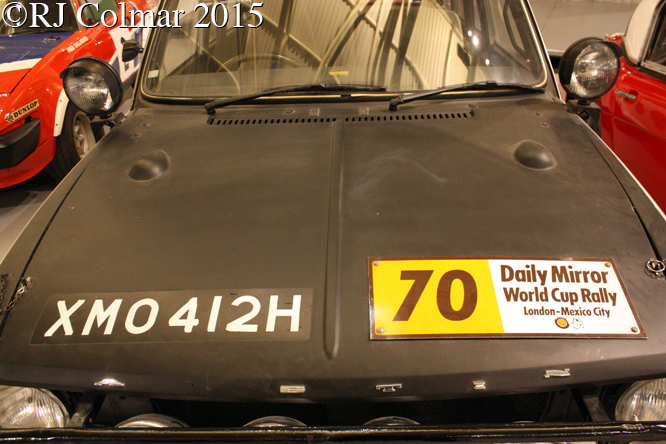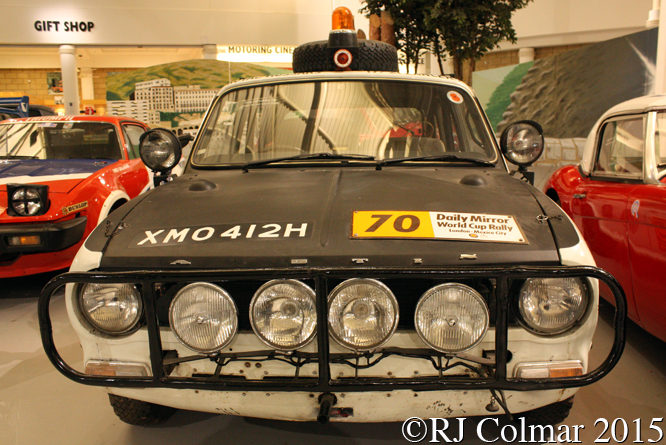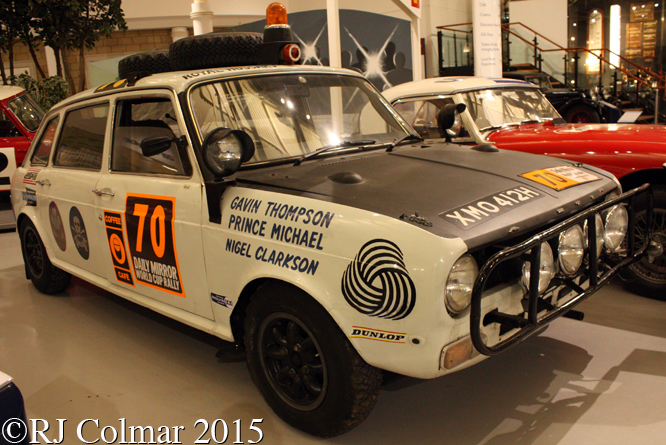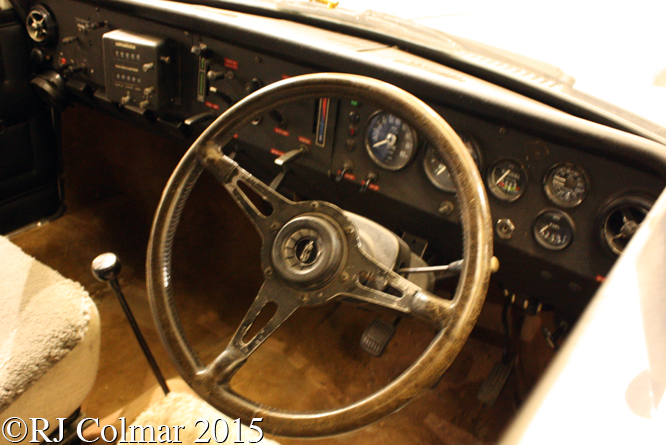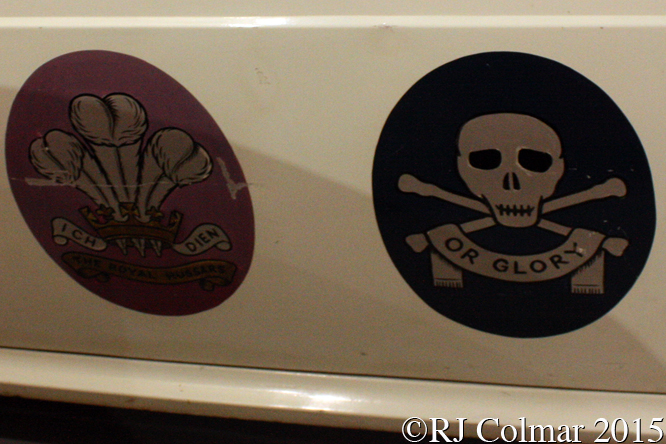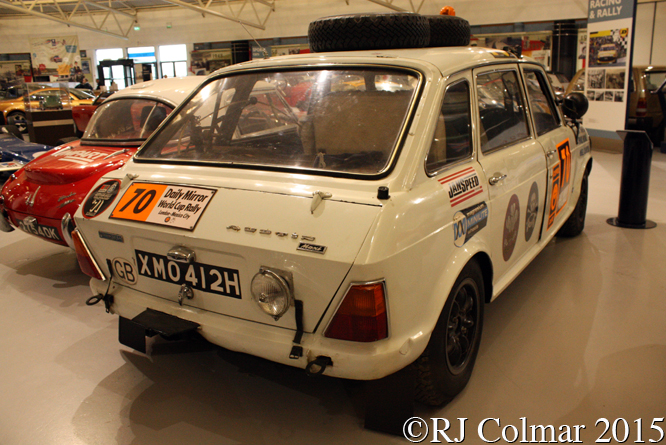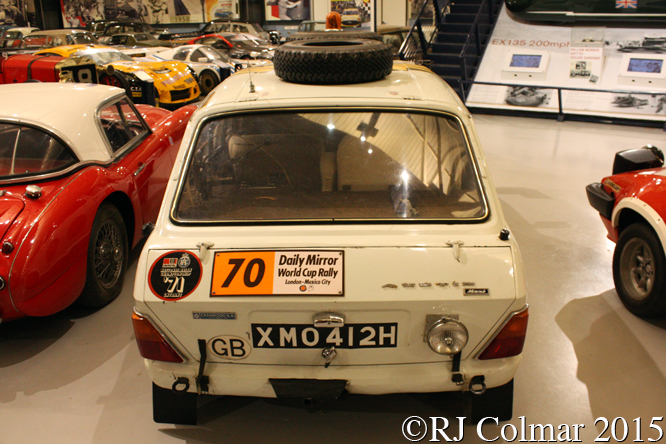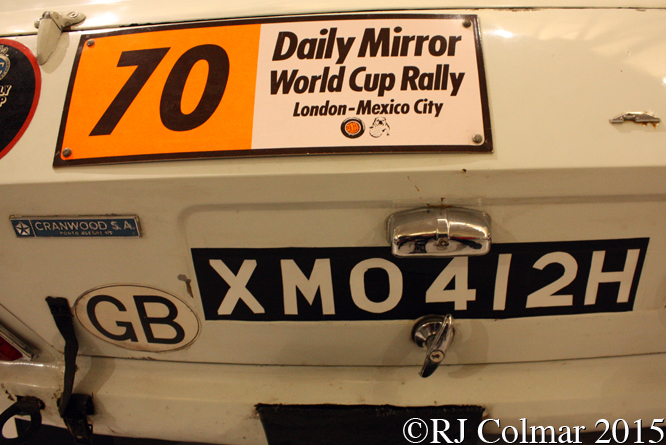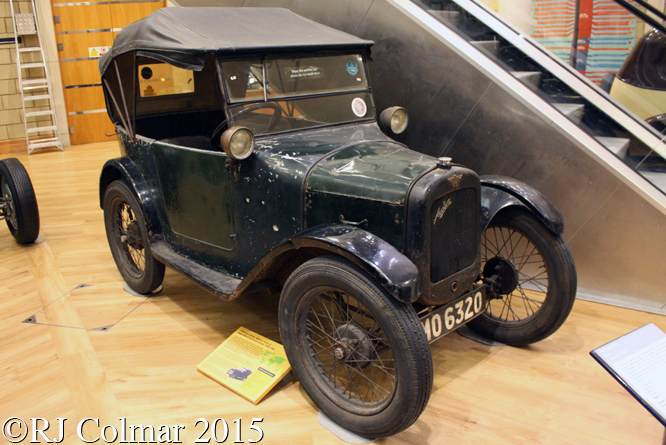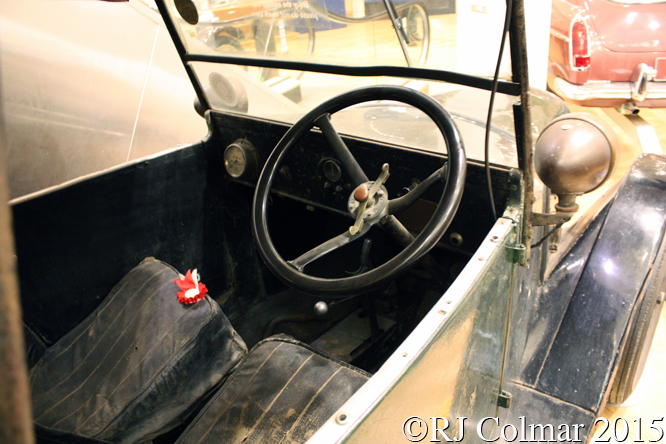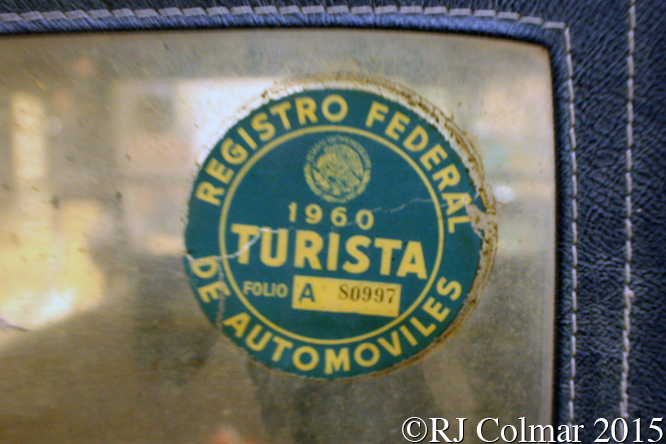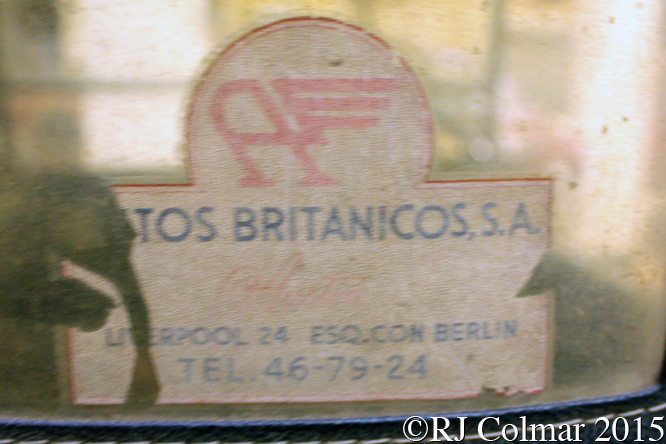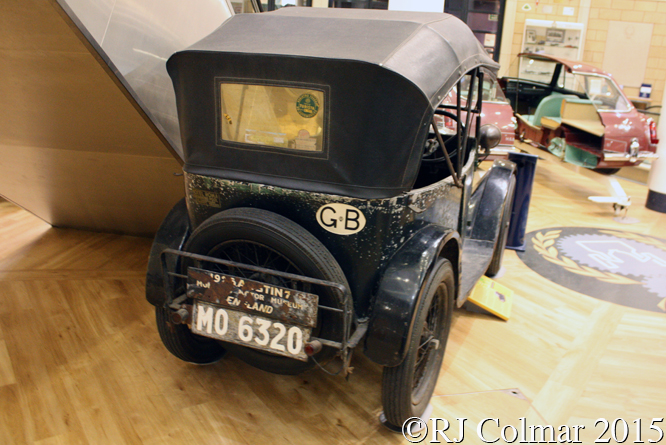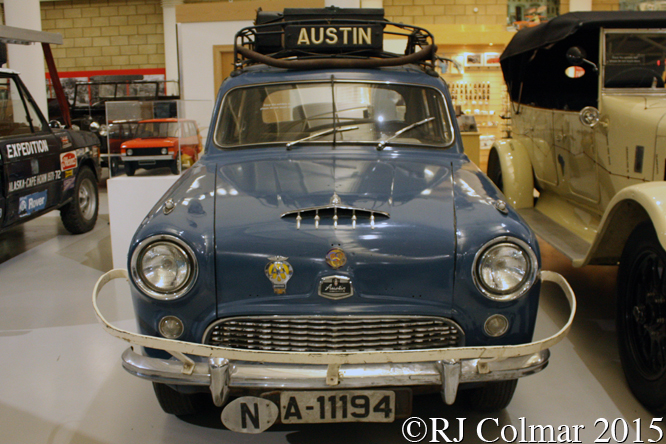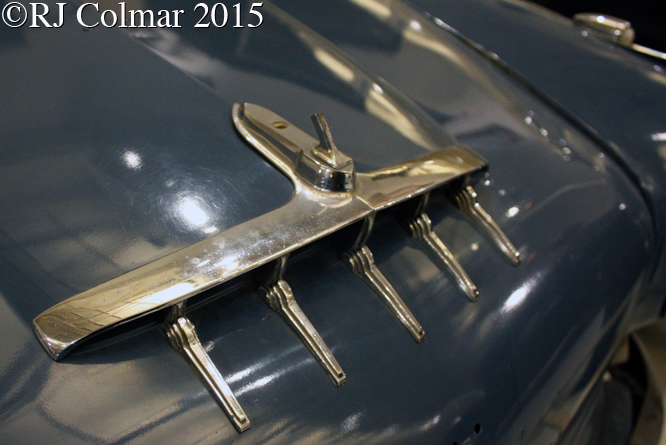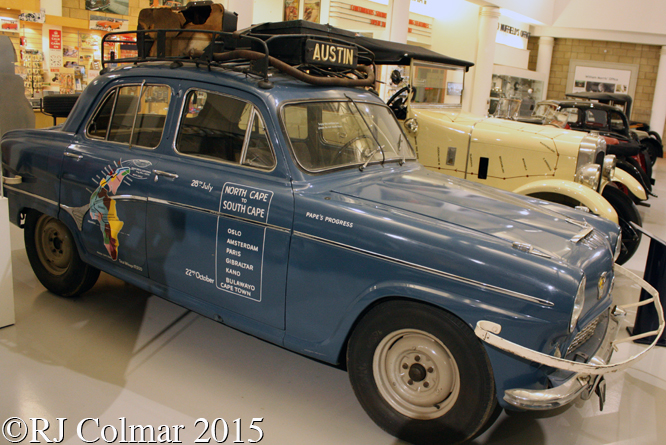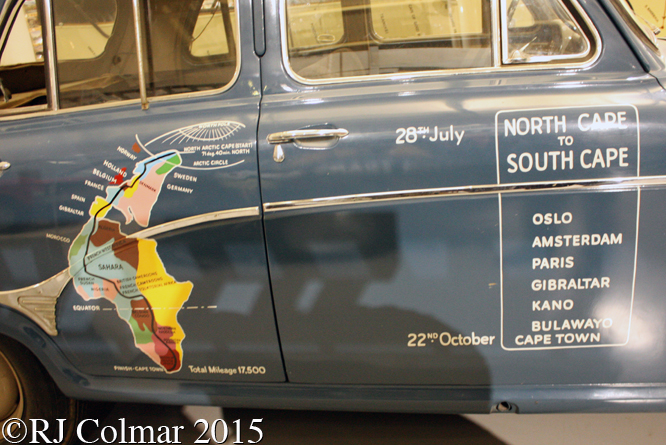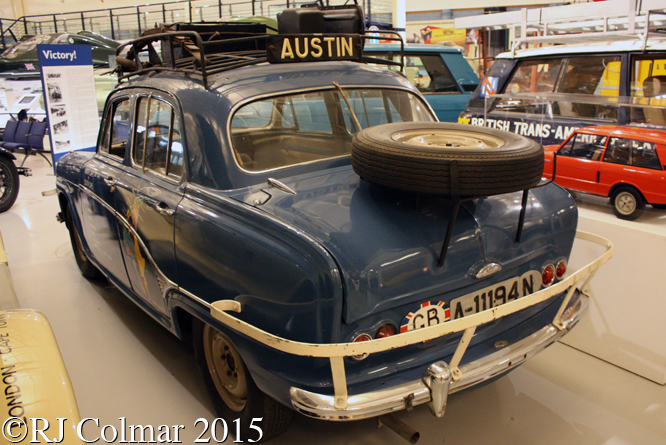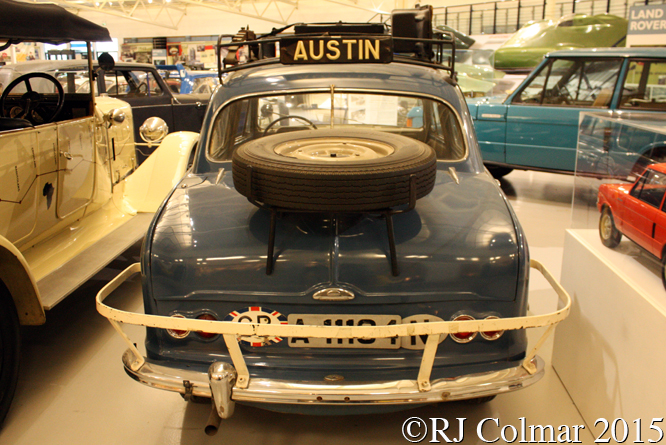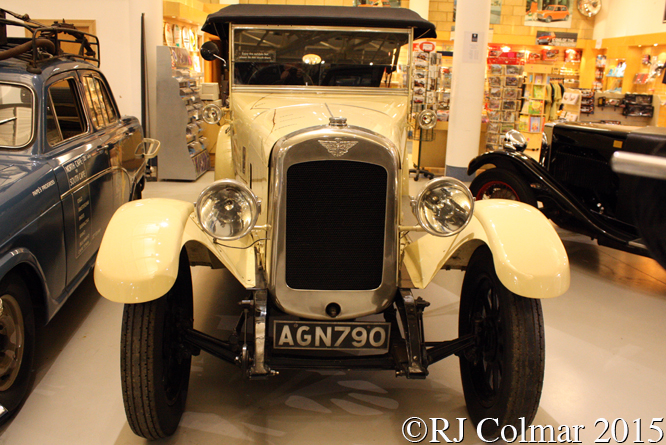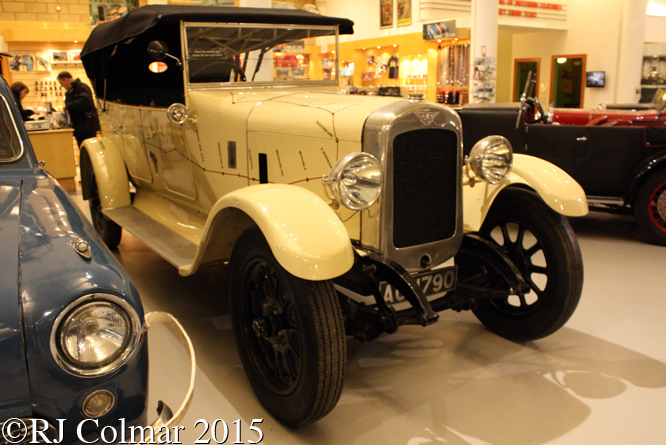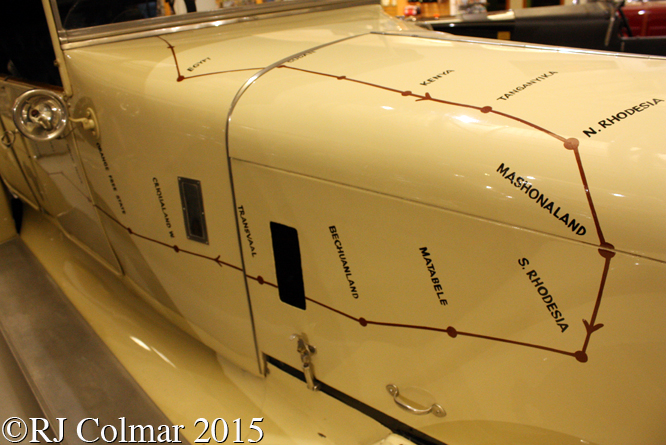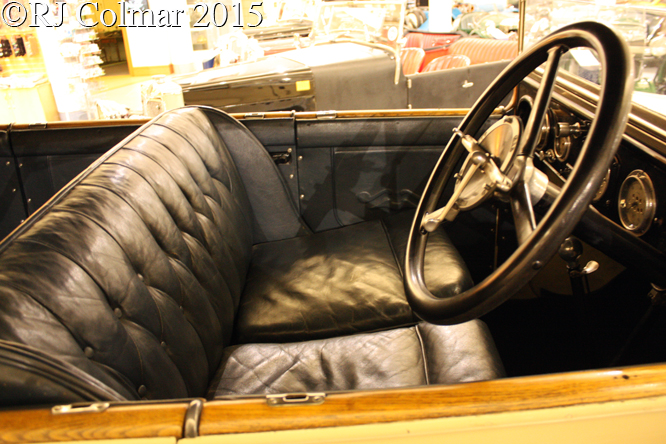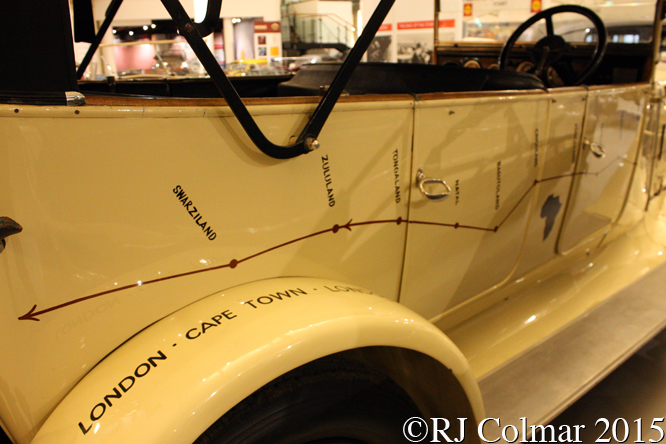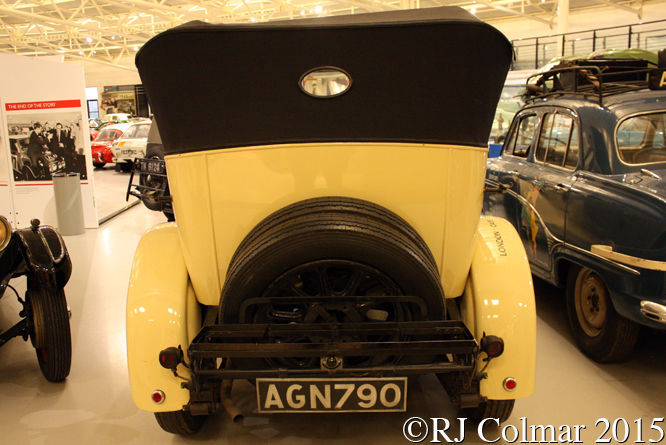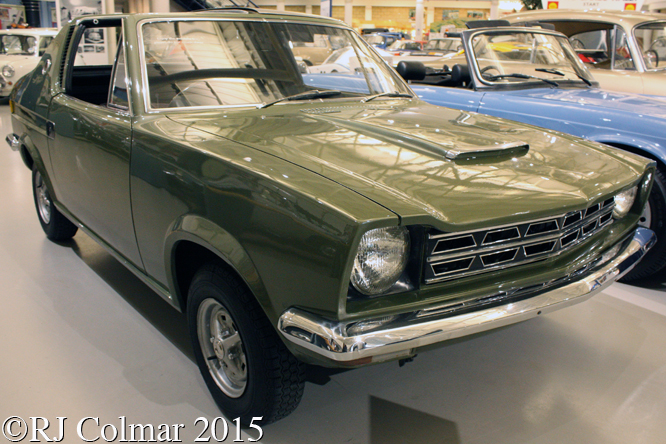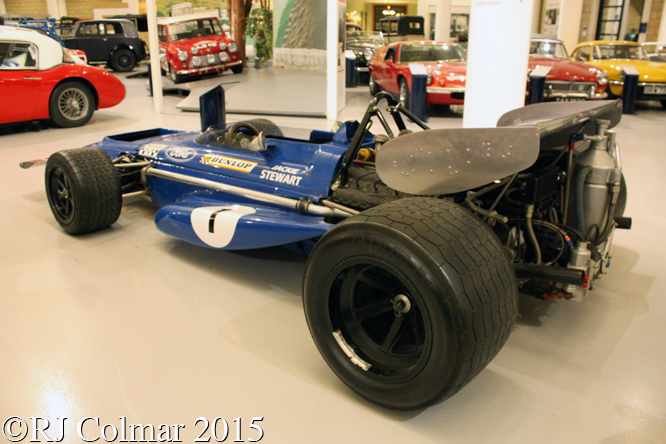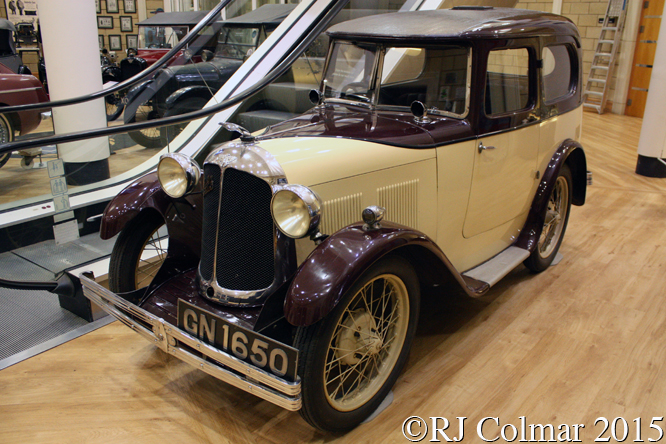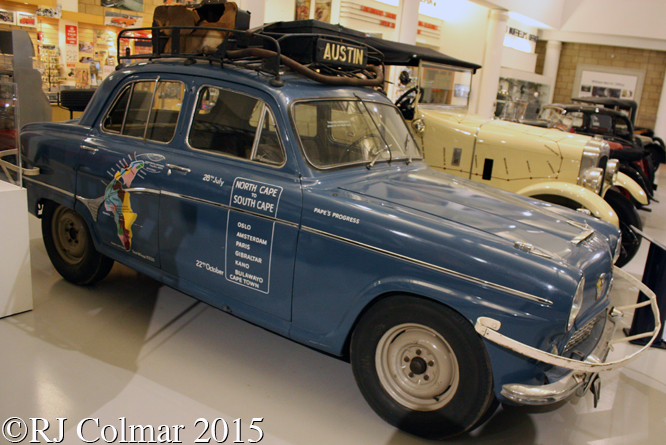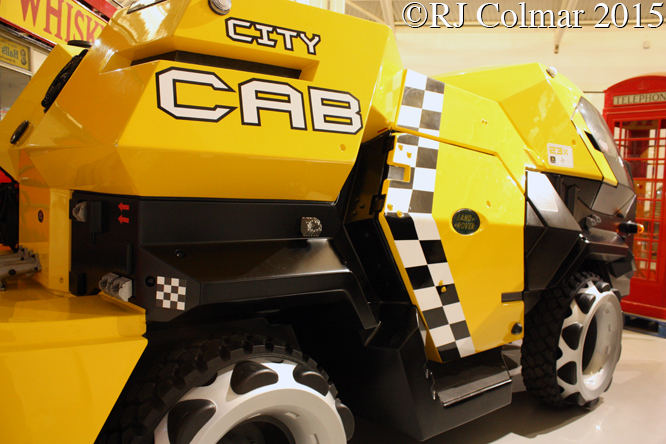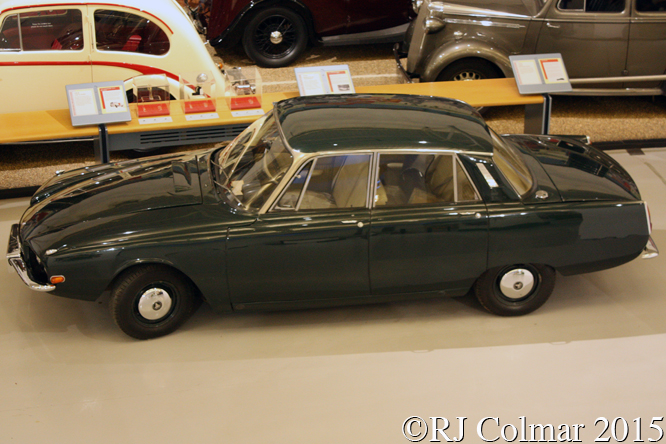Having left Castle Combe on Saturday the 21st of March swearing I would never marshall again thanks to the unrelenting bitter cold wind on Sunday the 22nd of March I once again got up at the crack of dawn to go and marshall at the Fritzpro Hullavington Sprint in Wiltshire not more than a stones throw from the venue where I nearly froze to death the day before.
Luckily the day was a fraction warmer and the unrelenting winds had died down as Hullavington is essentially like Castle Combe used to be, the site of an airfield. Craven Motor Club and the British Army Motorsports Association were organising the first motorsports event to be held here for many years. Due to my marshalling duties I only managed a few snaps early in the morning, during the lunch break and at the end of the day.
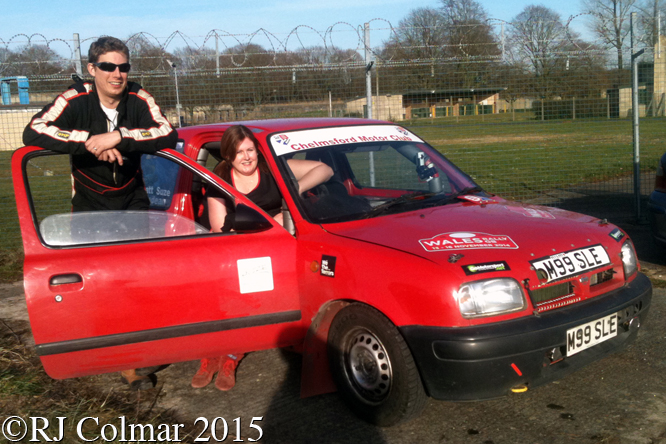
Regular readers might remember meeting Murial the 1994 Nissan Micra at the Autosport International earlier this year here she is again with owners Matt and Suze Endean who finished 2nd and 4th in class A3 respectively.
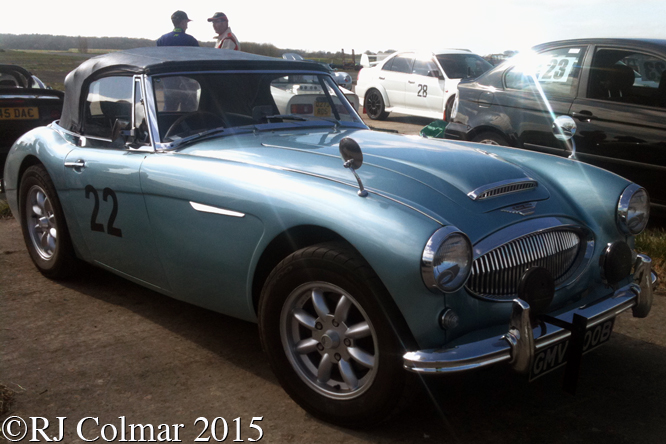
Making all the right noises was Peter Walton’s 1964 Austin Healey, despite competing against far more modern and nimble machinery Peter managed to avoid the wooden spoon and finished 8th fastest in a class of nine A5 competitors.
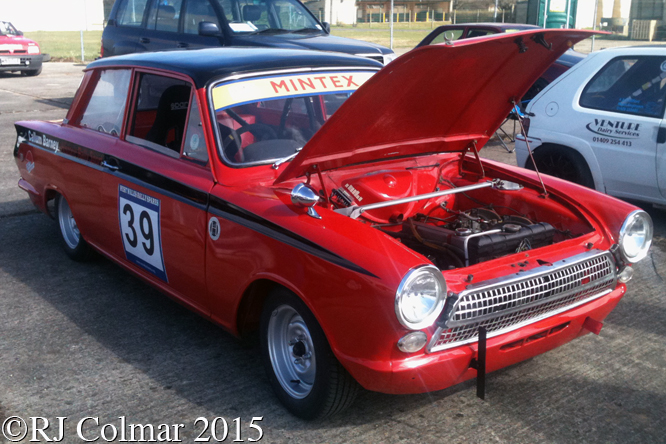
Similarly aged but not so lucky in avoiding the class B9/10 wooden spoon was Callum Barnley in his pre cross flow Ford Cortina GT, which new would have produced just 78 hp.
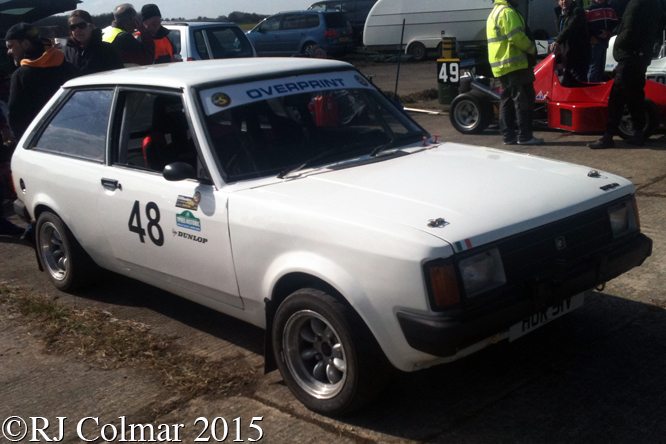
Runner up in the unofficial most entertaining drive of the day category easily went to Mike Smith in his Rally spec Talbot Sunbeam that suffered from a chronically loose rear end which saw him collect the class D15 wooden spoon.
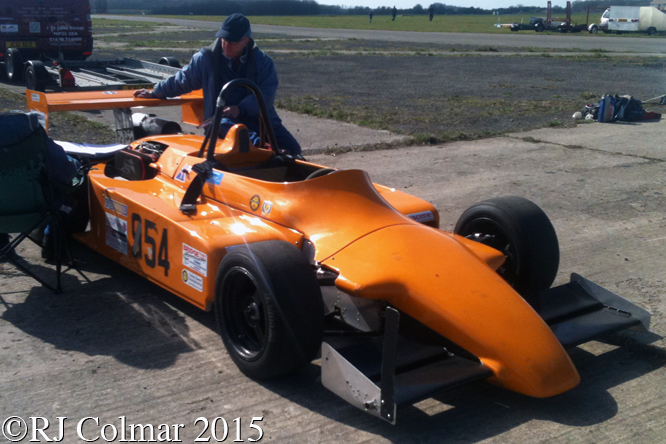
2nd and 3rd fastest respectively in the same D15 class were John Opie and John Burton in their splendid 2 litre / 122 cui Ralt RT3 above.
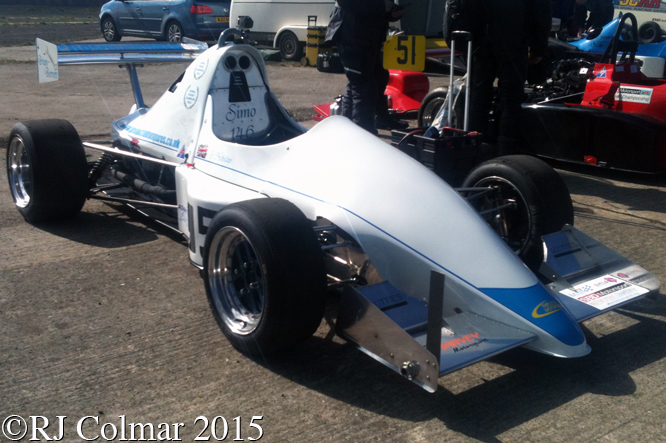
The most entertaining and fastest driver of the day was Bradley Hobday who danced rather than drove his Jedi Mk 4 a full 3.65 seconds round the course than 2nd placed Andy Porter in a similar 1 litre / 61 cui motor cycle engined Jedi Mk 4.
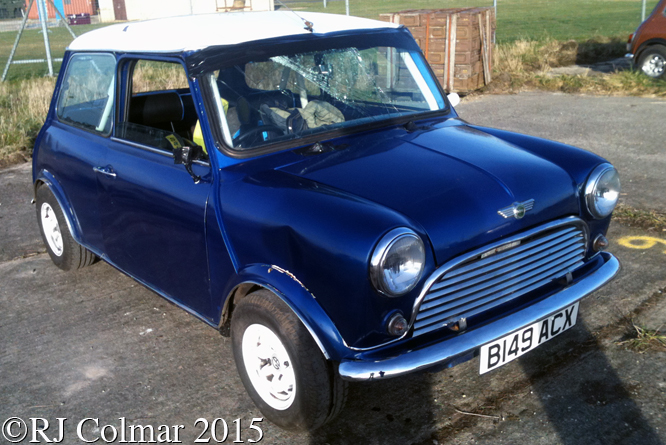
During the course of the day I was stationed at the back of the circuit with Ian Fisher initially we parked our cars we thought well away from the circuit on another perimeter road however during the two practice runs an errant Mini Cooper S was headed straight for us when it left the track. Mercifully for all concerned the car came to rest on the grass and carried on unaided.
Suitably warned of the dangers of our position Ian and I immediately moved our cars another 30 meters away from the incident. Later in the morning novice Tom Russell was not so lucky as his car, seen above, left the track spun across the grass and on across the perimeter track, where we had been parked earlier, and as it broadsided the grass on the other side of the perimeter track the wheels dug in and flipped the car onto it’s roof.
Fortunately Tom unlike his car was completely unharmed, we soon had the car back on it’s wheels whose drivers side tyres had popped off the rim, the rear window had also popped out in one piece, Tom and friends in the paddock managed to patch up the Mini so that he could carefully drive home.
Finally the event raised £1584 for the Combat Stress Charity, among their fund raisers was a quality cake stand to absolutely die for !
If you are interested in competing in Sprints Bristol Pegasus Motor Club have one coming up at Llandow near Cardiff on Saturday 9th May and another at Hullavington on Monday May 25th more details can be found on the BPMC website here.
If you would like to Marshall at either of these events, I shall be at both, please leave a fb message below and I will get in touch about the arrangements.
Thanks for joining me on this “Fritzpro Hullavington Sprint” edition of “Gettin’ a li’l psycho on tyres” I hope you will join me again tomorrow when I’ll be looking at a 1957 Imperial. Don’t forget to come back now !


